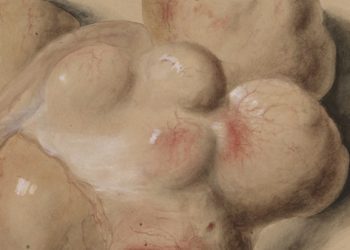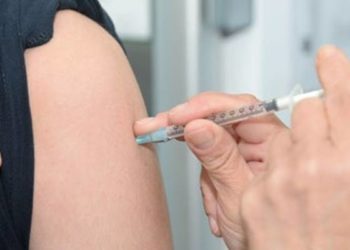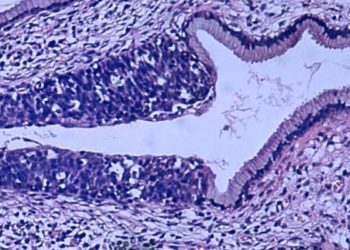Tramadol and Celecoxib effective pain control for hysteroscopy
1. Compared with placebo, patients who took Tramadol or Celecoxib experienced significantly reduced pain during and after hysteroscopy.
2. There was no significant difference in pain scores between the Tramadol and Celecoxib groups.
Evidence Rating Level: 1 (Excellent)
Study Rundown: Hysteroscopy is the gold standard for diagnosing focal endometrial pathology that causes abnormal uterine bleeding and uterine factor infertility. The hysteroscopy procedure involves passage of a small camera through the cervical canal into the uterus to permit direct visualization of the endometrium. Previously, hysteroscopy was done in-patient under general anesthesia, but advancements such as use of smaller hysteroscopes allowed this procedure to be more cost-effective and to be performed as an outpatient. Despite these advancements, outpatient hysteroscopy can still be very uncomfortable and pain is been reported as a common cause of failure to complete the procedure. The body of literature on hysteroscopy pain control is robust, with many randomized controlled trials comparing various analgesics, including opioids, nonsteroidal anti-inflammatory drugs (NSAIDs), and local anesthesia. Despite this, in 2010, a Cochrane Review concluded there was insufficient evidence to support the use of oral analgesics, including NSAIDs and opioids, and recommended further study. In this randomized, double-blind, placebo-controlled trial, researchers compared the effectiveness of Tramadol (an opioid) and Celecoxib (a selective COX-2 inhibitor NSAID) at reducing pain associated with outpatient hysteroscopy.
Both Tramadol and Celecoxib were associated with significantly reduced pain during and after hysteroscopy compared with placebo. This is the first study to look at either oral Tramadol (as opposed to intramuscular or intravenous deliveries) and Celecoxib for hysteroscopy analgesia. Strengths of this study include the rigorous design. Limitations include small sample size (n=70) in each arm that limited power comparisons between tramadol and celecoxib. Larger studies are warranted.
Click to read the study in Human Reproduction
Relevant Reading: Pain relief for outpatient hysteroscopy
In-Depth [randomized controlled trial]: Women presenting for diagnostic outpatient hysteroscopy were randomized to receive one of three pain control treatment protocols 1 hour pre-procedure: oral Tramadol 100 mg (n = 70), oral Celecoxib 200 mg (n = 70), or oral placebo (n = 70). The primary outcome was pain perception during, immediately after and 30 minutes post-procedure as determined by the visual analogue scale (VAS). Secondary outcomes included time until no pain, side effects and complications.
Compared to women randomized to placebo, those who took pre-procedure Celecoxib and Tramadol groups experienced lower pain scores during, immediately after and 30 minutes post-procedure (p ≤ 0.001 for all comparisons). There was no difference in reported pain scores between women who received Tramadol and those who received Celecoxib group at all time points (p > 0.05 for all). Four women in the Tramadol group reported nausea; no women in the Celecoxib group reported side effects.
Image: PD
©2015 2 Minute Medicine, Inc. All rights reserved. No works may be reproduced without expressed written consent from 2 Minute Medicine, Inc. Inquire about licensing here. No article should be construed as medical advice and is not intended as such by the authors or by 2 Minute Medicine, Inc.






![Adverse pregnancy outcomes associated with thrombophilias [Classics Series]](https://www.2minutemedicine.com/wp-content/uploads/2015/07/Classics-2-Minute-Medicine-e1436017941513-75x75.png)
